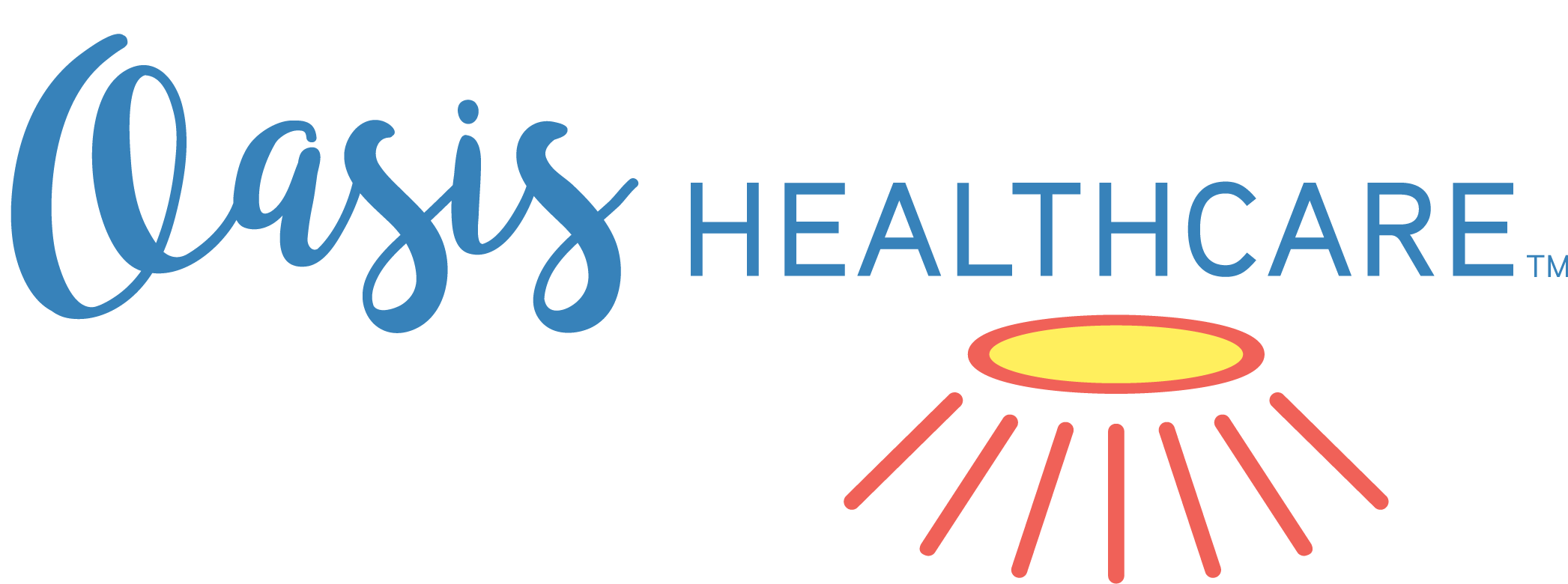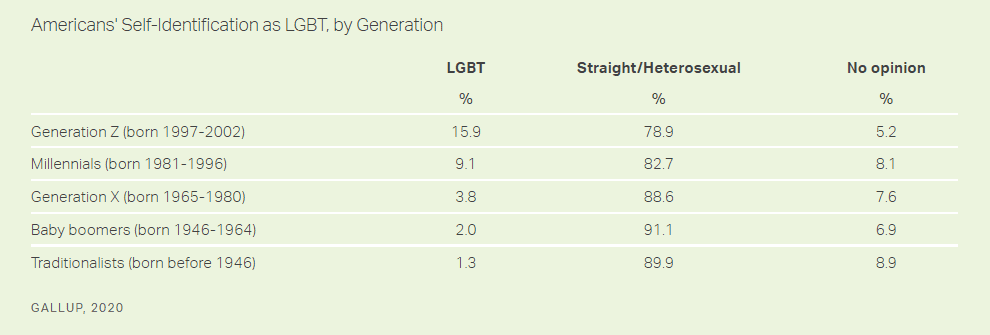
- Services
- What is Hospice Care?
- Hospice Misconceptions
- Criteria for Hospice
- What are Important Documents?
- Benefits Of Early Referral To Hospice
- How Is Hospice Care Paid For?
- In-Home Hospice Care Services
- Personalized Hospice Care
- Caregiver Support
- Levels Of Hospice Care
- Nursing Care, Pain & Symptom Management, Medication
- Medical Social Services and Spiritual Services
- Physician Services
- Bereavement Program
- Community Outreach
- Locations
- About Us
- Volunteers
- Referrals
- Blog






